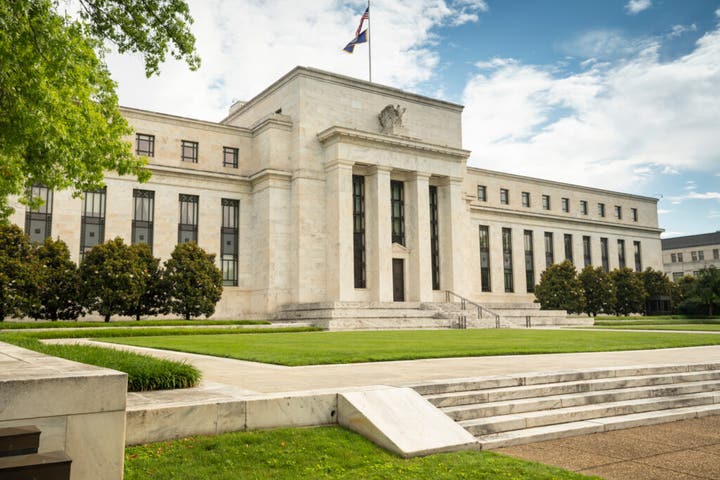Benzinga and Yahoo Finance LLC may earn commission or revenue on some items through the links below.
The private sector shed 32,000 jobs in September, the steepest decline in two and a half years, and it’s forcing the Federal Reserve into a corner that could reshape your investment strategy for 2026.
According to an analysis of ADP’s jobs data by YCharts, this marks a dramatic shift from the worker-friendly market of 2022, when two job openings existed for every unemployed American. Now there’s less than one opening per worker—a worse ratio than right before the pandemic hit. For context, economists consider 1 to 1.5 openings per worker a balanced market. We’re in recession territory.
Don’t Miss:
The numbers tell a stark story. Companies have announced 946,426 job cuts so far this year, the highest year-to-date total since 2020 and 55% higher than the same period in 2024, according to ClearValue Tax host Brian Kim, who broke down the data in a recent analysis.
“It is very likely that job cut plans will surpass a million for the first time since 2020,” Kim explained in his report. “Previous periods seeing this many job cuts typically occurred during recessions or times of transformative technology.”
The culprits? While government restructuring accounted for 293,000 cuts, the broader economic weakness drove even more—over 300,000 jobs disappeared due to closings, restructuring, bankruptcy and cost cutting. Economic conditions were cited for another 28,000 cuts.
Interestingly, artificial intelligence was directly blamed for only 17,375 job cuts so far. But Kim has a warning: “The concern about AI eliminating many jobs in the future is understated, not overblown. I’m witnessing firsthand how AI can effectively eliminate many back office and administrative employee roles.”
Trending: Warren Buffett once said, “If you don’t find a way to make money while you sleep, you will work until you die.” Here’s how you can earn passive income with just $100.
The deteriorating labor market nearly guarantees continued rate cuts. According to Barron’s, citing the CME Group’s FedWatch Tool, the odds of the Federal Reserve cutting rates at the Oct. 29 meeting jumped to 96.2% following the negative ADP report, up from 90%. Traders are now pricing in a quarter-point reduction that would lower the Fed funds rate from 4.25% to 4%, according to Barrons.
The December meeting looks like another slam dunk, with 86.3% odds of another cut, according to Kim. If both materialize, rates will hit 3.75% by year-end, with expectations building for additional cuts throughout 2026.
“The Fed is looking at the downward labor trends and attempting to revive the economy and the labor market through an easier monetary policy,” Kim said.
See Also: Backed by $300M+ in Assets and Microsoft’s Climate Fund, Farmland LP Opens Vital Farmland III to Accredited Investors
Lower rates typically boost asset prices across the board. Stocks, precious metals and cryptocurrency tend to benefit from easier monetary policy as investors seek higher returns than what bonds and savings accounts offer in a low-rate environment.
But here’s the tension: The Fed is cutting because the economy is weakening, not strengthening. That’s a different dynamic than cutting rates to stimulate an already healthy economy.
The shift from a job seeker’s market to an employer’s market also changes consumer spending dynamics. Fewer people quit jobs when opportunities are scarce, and worker behavior becomes more conservative—both in career moves and spending habits.
Job openings continue declining, according to the latest U.S. Bureau of Labor Statistics’ Job Openings and Labor Turnover Survey, reinforcing this employer-friendly dynamic that could persist well into next year. For investors, that suggests being selective about consumer discretionary stocks while potentially favoring defensive sectors and rate-sensitive assets that benefit from the Fed’s dovish pivot.
The question isn’t whether the Fed will keep cutting—it’s whether those cuts can revive a labor market that’s deteriorating faster than many anticipated.
Read Next: The ‘ChatGPT of Marketing’ Just Opened a $0.81/Share Round — 10,000+ Investors Are Already In
Image: Shutterstock
This article The Fed’s Rate Cut Machine Is Just Getting Started—And This Labor Market Data Shows Why originally appeared on Benzinga.com

